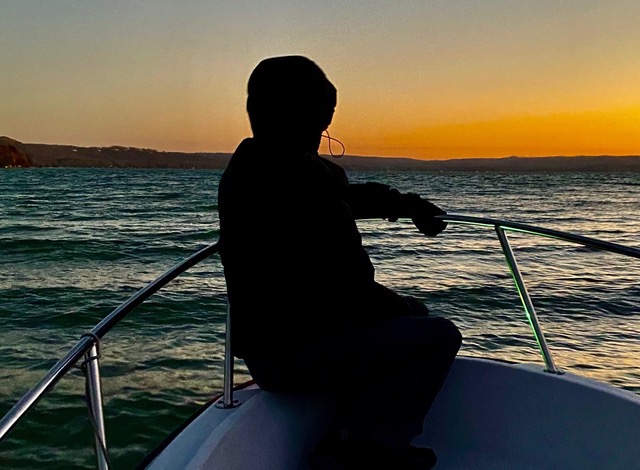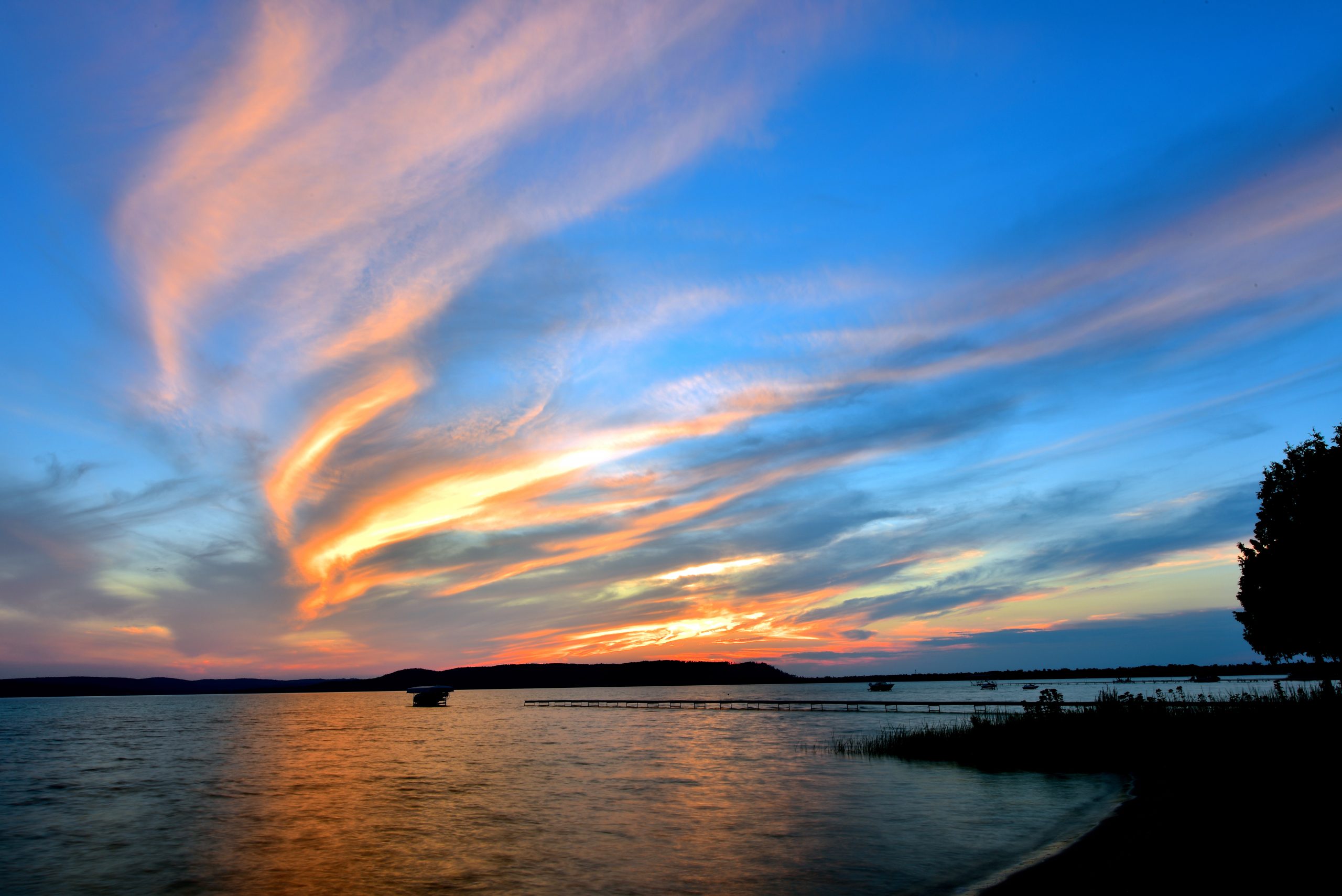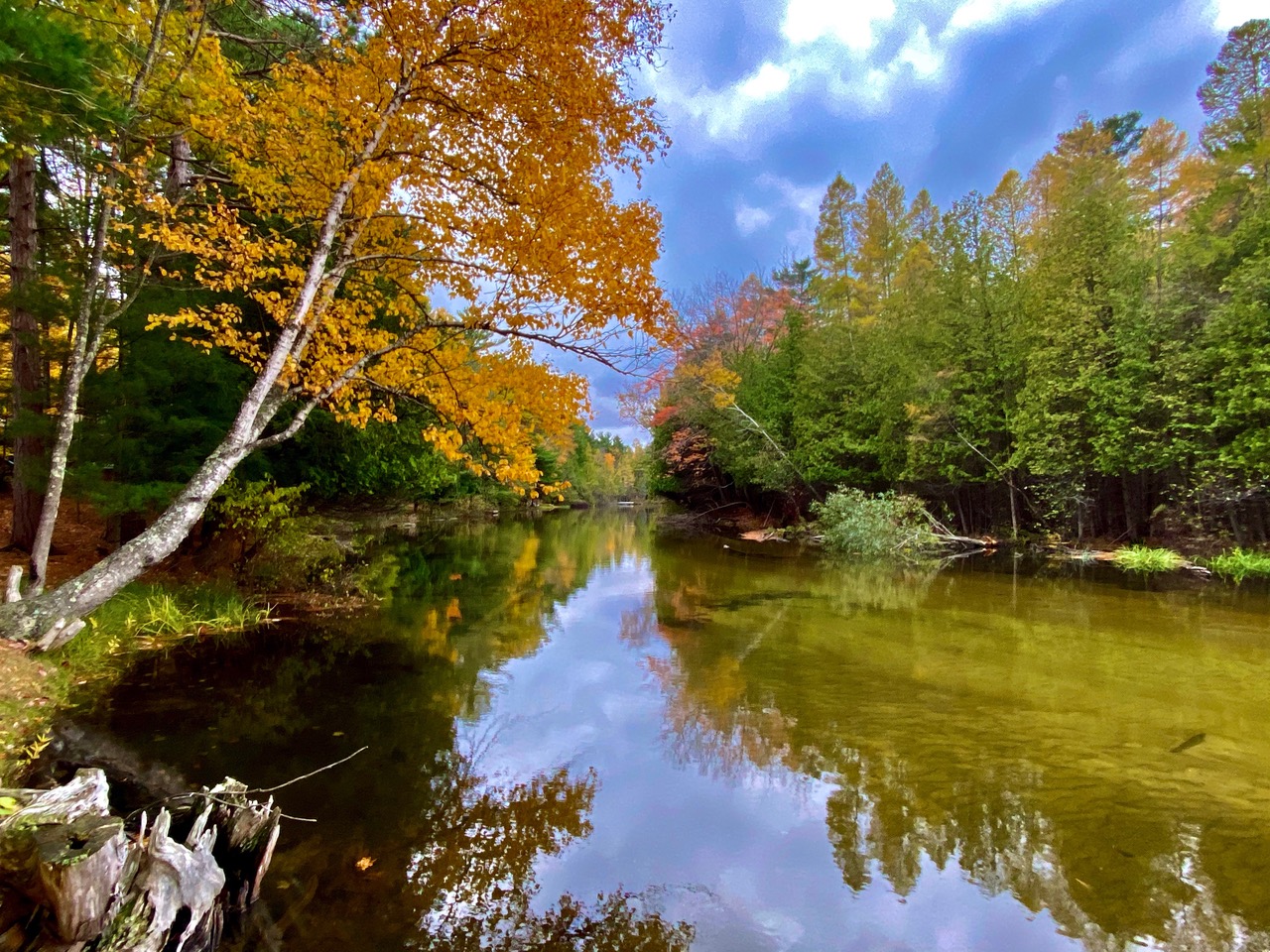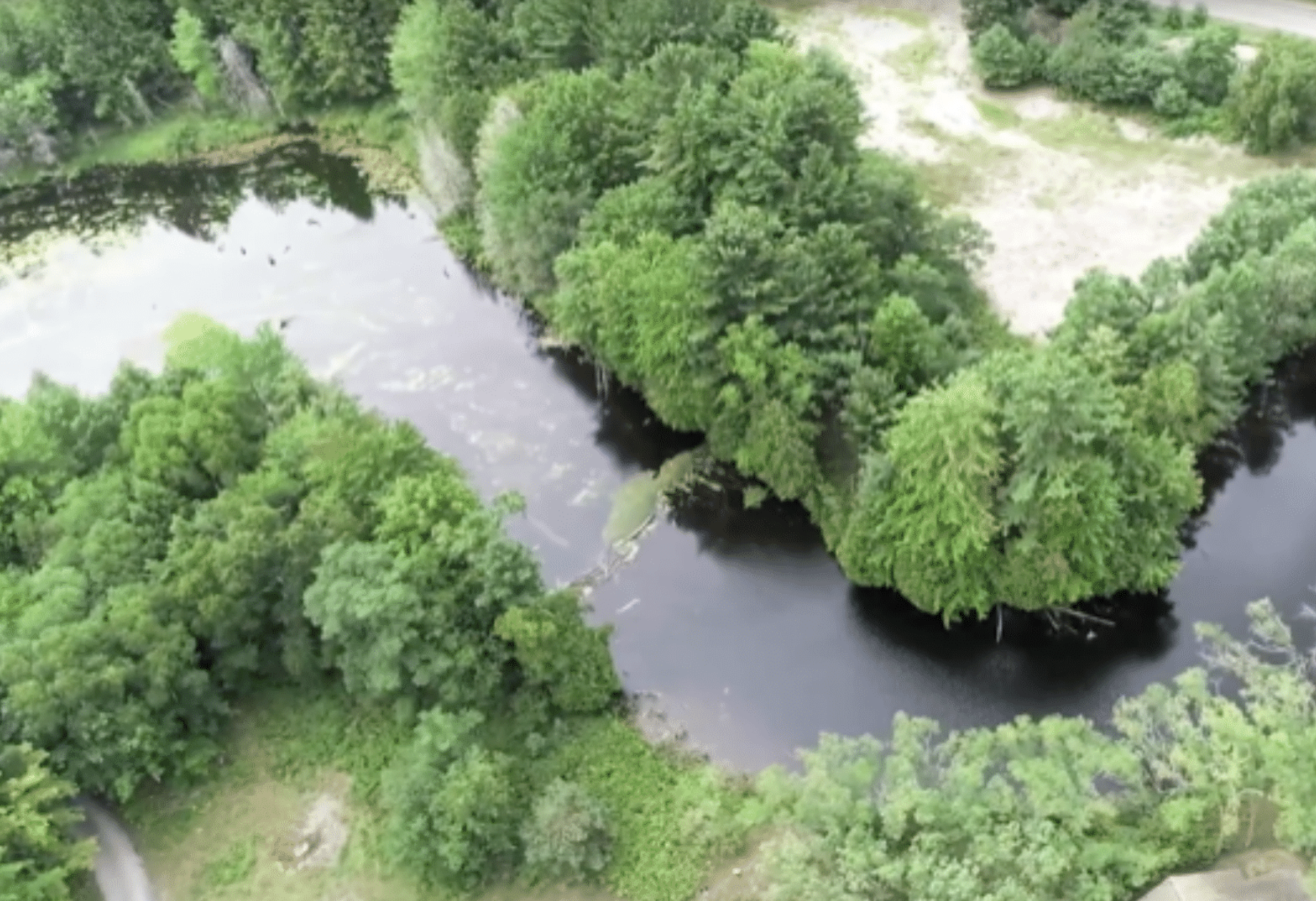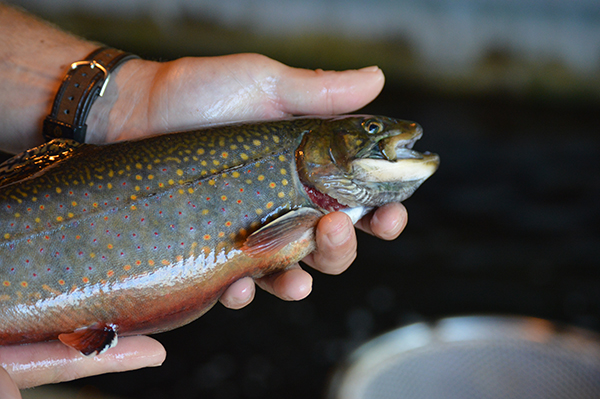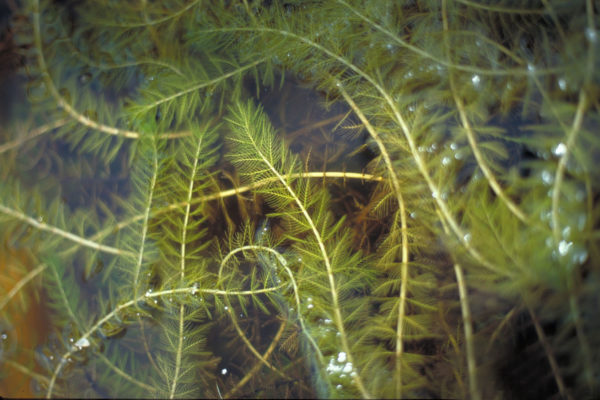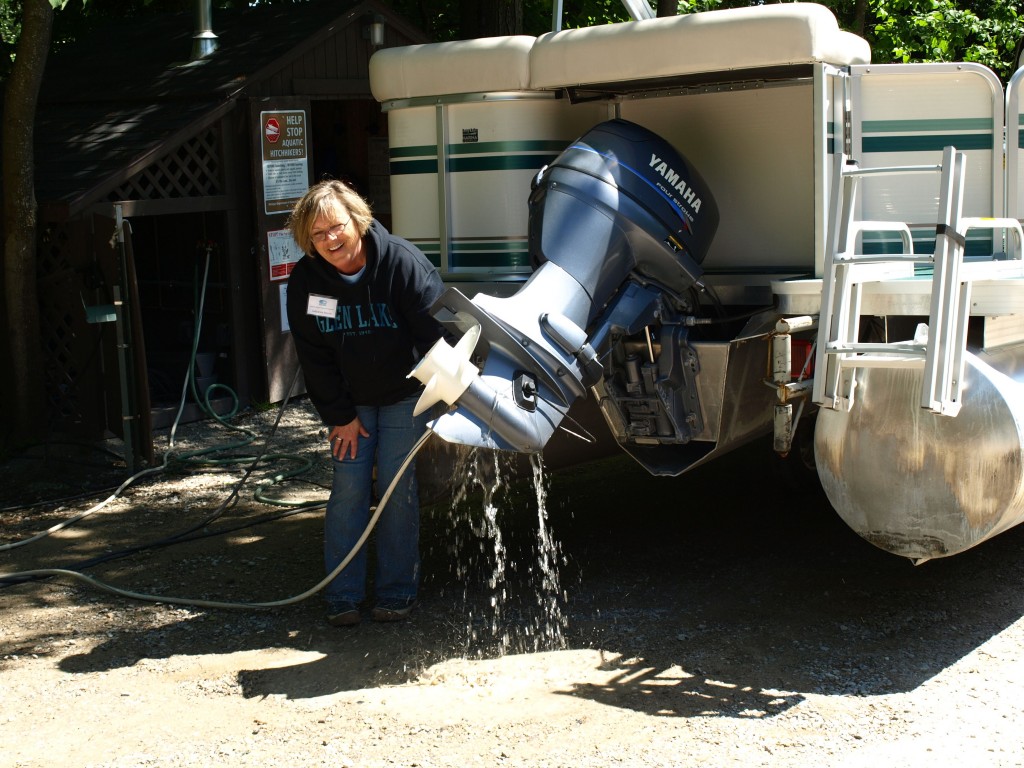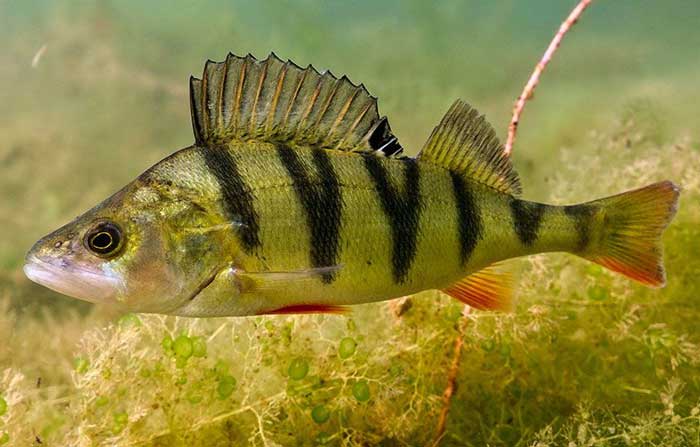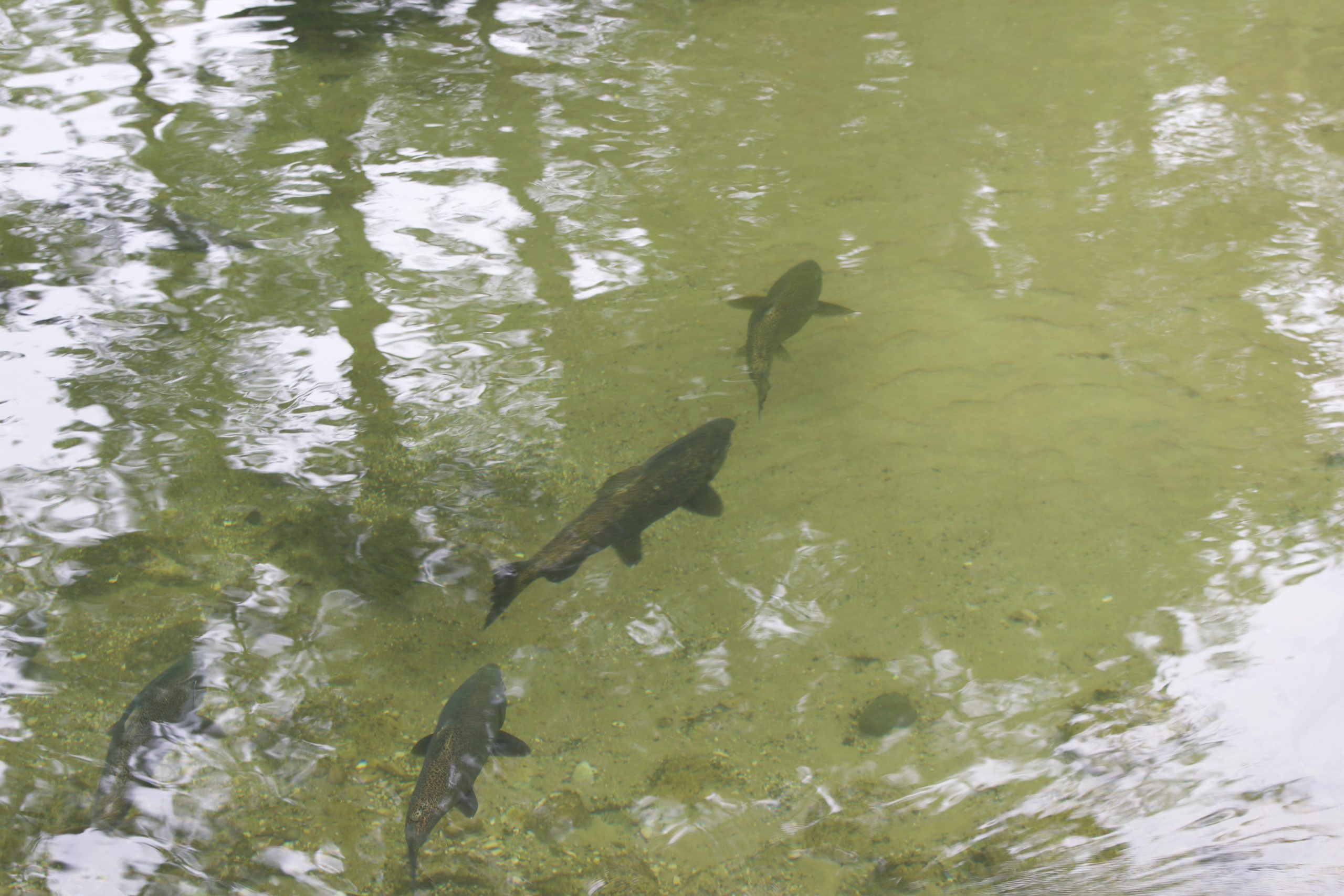fishing & watershed protection
Fishing on the lakes, river, and streams within the Glen Lake-Crystal River Watershed is a wonderful opportunity for all who love the peace and tranquility of the sport. Help keep our fish habitats healthy. Learn how to protect the watershed by following best practices while you fish.
The Glen Lake Association is committed to the enjoyment and protection of the natural resources within the watershed, including the management of local fish and wildlife. In addition, it is dedicated to preventing the introduction and spread of aquatic invasive species in Glen Lake and surrounding waterways. Please join us in these efforts by familiarizing yourself with local fishing regulations as well as invasive species threats and prevention tactics.
POPULAR FISHING SPOTS WITHIN THE WATERSHED
Glen Lake*
Glen Lake has a long and diverse fish stocking history and remains one of Michigan’s best inland lake trout fisheries. At 4,800 acres, Glen Lake has attracted the interest of the Michigan Department of Natural Resources in developing it as a recreational fishery. Current lake and rainbow trout fisheries are largely dependent upon stocking. However, native species such as northern pike, Cisco, bluegill, sunfish, largemouth bass, and smallmouth bass, thrive on their own.
Little Glen is more shallow and has been traditionally regarded as a premier inland perch fishery. While fish may move freely between Big and Little Glen, each species tends to favor one lake or the other.
Crystal River*
The Crystal River is a Type 3 designated trout stream. A small number of rainbow trout run up the river in the spring, and some coho and Chinook annually stray into the river each fall. The river also supports a limited population of smallmouth bass and panfish.
Back in the mid 1970s, the DNR stocked the river with salmon to curb the overpopulation of alewives which were dying and piling up on the shores of Sleeping Bear Bay each year. After stocking the river mouth, the salmon left their home stream and went out to feast on the alewives. After about two years, they migrated back to the Crystal River to spawn and die. At the time, the salmon were huge and filled the river by the thousands. Today, salmon continue to return to the Crystal River because of natural reproduction (as opposed to stocking). But, they are not quite as big and their numbers are in the low hundreds.
Hatlem Creek*
Hatlem Creek is a Type-1 designated trout stream. It’s also known to have large runs of emerald shiners at certain times of the year.
*The Glen Lake Association (GLA) makes every effort to provide useful and accurate information, however, given the nature of rapidly changing conditions, GLA does not guarantee the accuracy, reliability or completeness of the information provided.
LOCAL FISHING REGULATIONS
Fishing regulations are a dynamic and evolving code to protect the integrity of the fisheries, while still allowing as much access as possible to anglers. Since fishery biologists cannot customize regulations for each lake, they settle on reasonable (albeit generalized) rules that apply to entire regions. Thus, anglers should look beyond the letter of the law to the spirit of the law. For instance, just because bass season is open, catching late spawning bass off their beds could destroy an entire new generation—that is, what may be legal, may not be what’s best for the lake’s ecosystem or future fish population.
BAIT RESTRICTIONS
It is now against Michigan law to transfer any live bait between lakes. Example – minnows caught in Lake Leelanau cannot be used in Glen Lake. There is no transfer of minnows, leeches or crayfish. They can be brought in if they are purchased and have been treated for VHS.
Michigan Fishing Guide
Refer to the latest Michigan Fishing Guide for the latest fishing regulations including possession and size limits, season dates, license requirements, and angler rights.
help STOP THE SPREAD OF INVASIVE SPECIES!
Did you know that some invasive species are prohibited or restricted by law in the State of Michigan?
“If a species is prohibited or restricted, it is unlawful to possess, introduce, import, sell or offer that species for sale as a life organism, except under certain circumstances.”
(Source: michigan.gov)
All it takes is one “unchecked” boat for Glen Lake to become contaminated with an invasive aquatic species such as Eurasian Watermilfoil. Other non-native plant species and even diseases (in fish slime on the walls of the live box, for example) could also inadvertently be unleashed on the Glen Lake-Crystal River ecosystem if watercraft are not washed prior to launch.
Learn more about invasive species threats in the Glen Lake area, including what they look like and what you can do to help prevent their introduction or spread.
BOAT WASH
Get in the habit of scrubbing the propeller, trailer, hull and live box every time you haul your boat out of the water. In addition, flush the water from the engine’s cooling system—away from the lake, of course! By washing your boat prior to launch, cleaning your gear, and properly disposing of bait, you can do a lot to help “Stop the Spread.”
Fortunately, the Glen Lake Boat Wash makes this process easy and free!
REPORT IT
If you see something that looks to be an invasive species, please report it to the Glen Lake Association.
PROTECT THE WATERSHED WHILE you fish
Please help take care of the watershed and its ecosystem by following these simple best practices:
Obey fish and game laws
Please observe creel limits and take only the fish that you need. The collective impact of human fishing can devastate a fish population. Did you know? Humans are the only predator that methodically takes the strongest and largest individuals from the population.
Preserve the aquatic habitat
Maintain a natural lakeshore thick with vegetation and minimize disturbances to overhanging branches. Also, please protect the natural shoreline nursery grounds and take precautions to stop nutrients from entering the watershed. Most importantly, please keep trash from entering the lake.
Consume your catch with caution
Since large trout from Glen Lake warrant an official warning on their consumption, common sense would dictate caution. Toxic chemicals are found in adults of virtually all foraging fish species in large Michigan inland lakes, possibly making them unsafe to eat.
Wash your Boat
Take precautions to eliminate “hitchhiking” invasive species by washing your boat and gear before transferring your boat from one lake to another. The Glen Lake boat wash provides this service free of charge!
CREEL SURVEY DATA
The Glen Lake Association monitors the fish populations of Big and Little Glen and the Fisher Lakes by conducting a regular creel census. The census is taken daily at the DNR boat launch on Day Forest Road from May through October. Anglers voluntarily share what their target species is, how many fish they caught, and how many fish were released. Generally, yellow perch is the top catch. The creel census data is shared with the local DNR fisheries department, and the local stocking practices are calibrated with this data in mind.
Protect the fish population by respecting catch limits
More anglers, better technology used to find and catch fish, and loss of marine habitats all result in diminishing fish populations. Healthy fish populations depend on anglers to observe both the letter and the spirit of catch limits.
you can MAKe A DIFFERENCE!
Help us keep the water quality high and the fisheries healthy by supporting the work of the Glen Lake Association. Become a member, volunteer your time, or become a Glen Lake Guardian today!
STAY IN TOUCH
Want to keep up with the latest happenings on the lakes and streams throughout the Glen Lake-Crystal River watershed? Join our email list to receive our monthly newsletters containing timely information.
